Normafa:
1. Viharbükk - Normafa
On the summit of Svábhegy stood a 477-metre tree which had withstood many windy storms and lightning strikes over the years, earning the name Viharbükk (literally Storm-Beech). The name Normafa appears in a travel guide in 1865. The name originates from the 1840s when the company of the National Theatre often gathered on Svábhegy on their “Norma days”, which were the summer rest period when they only earned the basic wage, also known as their “norma”. On one such day in 1840 the singer Rozália Klein Schodelné was inspired by the tree and began to sing under it. She performed the great aria from the opera Norma by Bellini. According to tradition, this is how Viharbükk became better known as Normafa (literally Norma Tree).
2. A romantic relic from Normafa
Normafa was the townsfolk’s favourite area for excursions, and the tree was their preferred place for photographs. Young couples would also carve their names into its bark. Later, the tree was fenced off, so people continued carving their initials in the fence posts. The rumour spread of a girl who had broken off a piece of the tree’s bark and kept it as a relic so that she would not remain a spinster but one day get married. Legend had linked the sapling of this eternal tree to the birth of King Mátyás. However, it finally came down on 19 June 1927, when the old, mighty, rotten tree was struck by lightning for the last time.

Sport:
1. The first competitions in Normafa
The capital city’s first skiing competition - and the fourth in the country - was held in Normafa on 28 February 1909. Announcements appeared nationwide for downhill and cross-country skiing, and ski-jumping. This means that in 1909 a ski jump must have existed in Normafa, which probably was just a ramshackle structure, but in any case, it was transformed into the first proper ski-jump in Normafa in 1924. On 6 March 1909, it was reported that: “Some skiing enthusiasts erected a small ski-jump next to St Anna Chapel last week, and with its continuous use on Sunday they have become familiar with every bush and slope as they attempt the jump. Naturally the building of such a facility in Normafa is by no means practical, but in terms of enjoyment it would be advisable to build and maintain a little ski-jump.” Nemzeti Sport (National Sports) 6 March 1909.

The Big Ski-jump in Normafa, 1924


Normafa, 1965

Normafa, 1984 – The Grass-Skiing Europa Cup
2. Motorcyclists and cyclists pull skiers along
From the 1900s until the 1980s there were countless skiing, sledding and ski-jumping competitions. On winter days, right next to these contests, one could watch other spectacles such a cyclist or motorcyclist trying their luck and this or that slope, and even pulling some skiers along by rope.

Winter sports in Zugliget



Cyclists on the snow, Normafa – Képes Sport (Sport Illustrated), 1964
3. László Papp came to Normafa to chop wood.
Another curiosity was how often the three-time Olympic boxing champion László Papp visited Normafa, where he would run and also practise his famous “training method” which included chopping wood. Later he would train younger athletes here too. One paper described his method this way:
“Rival nations have been tirelessly investigating the secrets of the miraculous leap forward that Hungarian boxers have made thanks to what they call the ‘Papp magic’. Papp often refers to the popular old tune: ‘The woodcutter smiles when the blackbird sings…’ which could be rewritten as ‘The boxer smiles if he is also a woodcutter…’ Papp expects his trainees to chop wood. For one hour every day they chop down trees, then for another five hours they turn their axes to chopping up logs.” - Fejér Megyei Hírlap
(Fejér County News), 16 October 1971.


Elizabeth Lookout:
1. “The most beautiful view in the world.” – Queen Elizabeth of Hungary
Where Elizabeth Lookout stands today there was probably a wooden observation tower in the 1870s and 1880s, from which Queen Elizabeth herself often marvelled at the town below. The Queen visited the site three times in 1882 to look down from Jánoshegy onto Budapest. A nice remainder of her thoughts of this place remain in this quote: “I wonder about those people who travel so far into the countryside for their holidays when these hills and the views from them are among the most beautiful in the world.” The capital city erected a monument to the Queen at the summit in 1883, which has since disappeared, but it was replaced in 2006.


The old wooden lookout tower - Élet Újság (Life News) 1910
2. Riding in a rickety cart to Boar’s Head
Elizabeth considered this area to be her favourite place for excursions, so it’s no surprise that she had many adventures there. On one occasion, when bad weather had set in, the Queen met some men with a rickety cart which was fully loaded with sticks and twigs. Naturally, in deference to her Majesty, they unloaded the sticks and carried her in the rickety cart to Disznófő (Boar’s Head). On another occasion a young Roma street musician accompanied her Majesty while playing on his violin all the way to the inn at Szépjuhászné.
3. The lookout is transformed by major construction
There were many plans for improving Elizabeth Lookout, some of which we can still see today. The tender was won by Pál Klunzinger with his design. Interestingly, the head of the judging committee, Frigyes Schulek, decide to alter the design to make a better lookout for looking out. Originally, the plans had two terraces and a pointed roof, but this was changed to three terraces and a platform at the very top, the final form that the lookout has today.

The original plans for Elizabeth Lookout on Jánoshegy – Építő ipar (Building Industry), 21 June 1908.

The 1904 plans – The OSZK collection of postcards
4. The lodge built for lunch
The Elizabeth Lookout we can see today was dedicated on 8 September 1910. A large crowd had gathered for the opening ceremony, and canons were fired. Initially, a guard lived in the base of lookout tower, but in 1923 a separate cottage was erected for him nearby. The reason for this was a little odd – the visitors to the lookout were continuously distracted by the smell of food cooking which wafted up the tower around lunchtime. Naturally this wasn’t the only reason for moving the guard to new premises, but this reason contributed significantly.


The opening of Elizabeth Lookout

Looking down from the third terrace at the opening ceremony.
5. The first permanent decorative lighting
Another interesting thing about the lookout is that it was the first place in Hungary to have decorative lighting installed, in 1926, preceding such installations at more famous landmarks such as Fisherman’s Bastion, St Mátyás Church and Parliament House. A restaurant also opened on the ground floor of the lookout tower in 1945 under the management of Antal Balázs.
%20-%20a%20kil%C3%A1t%C3%B3%20els%C5%91k%C3%A9nt%20kapott%20%C3%A1lland%C3%B3%20d%C3%ADszkivil%C3%A1g%C3%ADt%C3%A1st,%201926-ban.jpg)
Elizabeth Lookout, Jánoshegy, 1926.
6. Even the King dined in the Jánoshegy restaurant.
Normafa and its lookout became more famous, unsuprisingly, when dignitaries visited. Among those to dine in the restaurant and climb the tower were King Charles IV of Hungary and his wife Queen Zita, prominent politicians Ágoston Trefort, Count István Bethlen, Sándor Wekerle and Count Albert Apponyi, and even the Prince of Wales.

Animals:
1. The bears that weren’t there
In the 1800s one or two articles appeared claiming that a shaggy brown bear could be in the area. The magazine Hölgyfutár mentioned that: “A ‘bear’ has been seen in Zugliget – the terrifying creature was lingering behind a large tree. Fifteen trappers approached cautiously and shot at the figure, then checked to see if it was really a bear, but it was only a fur-skin which thieves had happened to have left there.” (Hölgyfutár, 30 January 1850)
Another report of a ‘bear’ occurred in August of 1884, in connection with the tenor József Bognár, as reported by Budapesti Hírlap (Budapest News). Artists often went for walks in the hills, and often played tricks on each other. One of Bognár’s friends, Réthy, noticed that the singer often set off from Budakeszi and took the path to Normafa, so he decided to trick him. He took a ‘bear suit’ from the costume department of a theatre, packed it neatly, and trudged out to Zugliget, where he hid behind a bush waiting for Bognár. When he saw him approach, he quickly slipped into the costume and leapt out in front of him on all fours, growling like a bear. When the tenor saw the ‘wild animal’ he ran off in a panic. The ‘bear’ went after him, but Bognár was faster, so Réthy went back into hiding, threw off the fur, and ran back to Budapest to tell his friends about his great trick. Meanwhile Bognár also returned to tell of his daring adventure, which only with amazing courage was he able to survive. The ‘hero’ never wanted to accept that the bear had been his friend Réthy …
2. Wolf hunts postponed because of lunch
These days no one sees bears or wolves in the Hegyvidék district, but in the 19th century such visitors were common. Budapesti Híradó (Budapest News) wrote in 1848 that: “Wolves used to be seen in Zugliget, but these days only foxes are encountered. Many of the capital’s hunters set out in search of wolves, but they take so long at lunch, feasting on pheasant, that the hunting is forgotten.” (Budapesti Híradó, 16 February 1848)
Wolves continued to surprise hikers towards the end of the 19th century. The journal Fővárosi Lapok (Capital Pages) reported the following case in 1893: “Wolves in Zugliget. Holidaymakers in Zugliget will feel a little uneasy when they hear the surprising news which a friend of this paper describes in a letter we received today. This morning, between the hours of four and five, he set out on a short walk in the hills. Following the path to the Boar’s Head Inn, to his surprise he spotted two well-fed wolves among the bushes, slowly ambling into the forest. Without any kind of weapon, he froze in his tracks and waited until the beasts had disappeared. – It would be advisable for the capital’s hunters to track these creatures so that the pleasant walking paths can be cleared of these audacious animals. The last wolf to appear in the Zugliget area was shot by the engineer B.J. in the winter of 1890.” (Fővárosi Lapok, 6 May 1893)
.jpg)
3. Camels in Normafa
World War One completely drained the country’s resources, and so times were bad, even for animals, as there was no grain and no hay. The zoo’s management realized that wild chestnuts would be suitable fodder for their animals. Three camels were trained to carry the wild chestnuts gathered by students and residents in the Normafa, Zugliget and Hűvösvölgy areas back to the zoo for the needy animals. The manager of the zoo asked the public to “gather as many wild chestnuts as possible for the elephants, buffalo, deer, antelope, and other animals. The management will send out a camel for two or three hundred kilos of the nuts, but only in September and October, as later on they would not tolerate the cold. Each camel can carry up to three or four hundred kilograms in large bags suspended from their humps.” (Budapesti Hírlap, 30 August 1918) So the early 20th century saw the return of the camel to Budapest’s streets – animals which were once an everyday sight during the Turkish occupation three centuries earlier.
The Libegő chairlift:
1. The first passengers on the chairlift were sandbags.
The Libegő chairlift was introduced as a new form of public transport in the capital on 19 August 1970. Everywhere, newspapers reported that the first passenger was none other than the minister for transport and postal services, Dr. György Csanádi, but this is only partly true. It’s common knowledge that before such a transport system is opened to the public many technicians and other workers would try it out, so many passengers would have used it before it was officially opened. Perhaps fewer people are aware that sandbags were placed on seats in order to test the strength of the cables and other equipment when it was first operated. Initially, the Libegő was red, but during its renovation in 1990 and 1991, it became the green colour we see today, blending in better with its natural surroundings.

The Libegő Chairlift’s top station on Jánoshegy during the opening ceremony. The minister for transport and postal services, Dr. György Csanádi, is seated on the chairlift.



The Libegő, looking up towards Jánoshegy, 1976

The Libegő chairlift, 1992

2. Spending a honeymoon on the Libegő
The Libegő quickly became one of the most popular modes of transport in Budapest. There were many enthusiastic riders, so it was no surprise that entire wedding parties would board the chairlift after weddings and receptions on the mountain. On its 25th anniversary, the Kurír (The Courier) reported on 2 September 1995 that: “married couples who had tied the knot while suspended on the Libegő were invited to the chairlift’s anniversary celebrations. Mr and Mrs Lencsés, who had boarded the Libegő with their wedding guests, arrived at the base station in Zugliget yesterday with their two grown sons. Mrs. Ágnes confessed that her “honeymoon” on the chairlift was so memorable that she had dared not ride it again, but to honour the anniversary she had out aside her reservations and gone there again with her family.”

A wedding on the chairlift, 5 August 1972, from the book Buda-hegyvidéki vasutak by András Salamin
3. A stuntman stood on the Libegő.
For safety reasons, standing on the chairlift is strictly forbidden, but there has been someone who has stood for part of the ride for a commercial shoot. A stuntman called Mihály Kocsis stood during the ride in one of the most successful series of commercials at the end of the 1970s for Trapper Jeans. In the 1970s and 1980s, on TV and in films, it was amusing to see Kocsis turn up everywhere – on the chairlift, on horseback, on water skis, or even underwater. Otherwise, the Libegő itself has featured in countless Hungarian films ever since.

The Children’s Railway – The longest railway run by kids anywhere in the world
The Children’s Railway started running on 31 July 1948, when only three kilometres of track were used between the Széchenyi-hegy terminus and Előre station (now known as Virágvölgy). With continuous expansion, this small railway eventually reached Hűvösvölgy by 1950. In 2015 it became a Guinness record holder as the world’s longest children’s railway, reaching 11.7 kilometres.
Trams were almost banned from Budapest
It is a little-known fact that after a tragic accident on the Zugliget tramline on 4 June 1900, it occurred to the Chief of Police that all of Budapest’s trams should be shut down. We would now consider this an overreaction, but back then the few tramlines were relatively new, running for only a couple of years, and his idea was taken seriously. But as we know the tram network was retained and expanded, and it has even been decided to run a new Zugliget tramline all the way to the base station of the Libegő chairlift.


















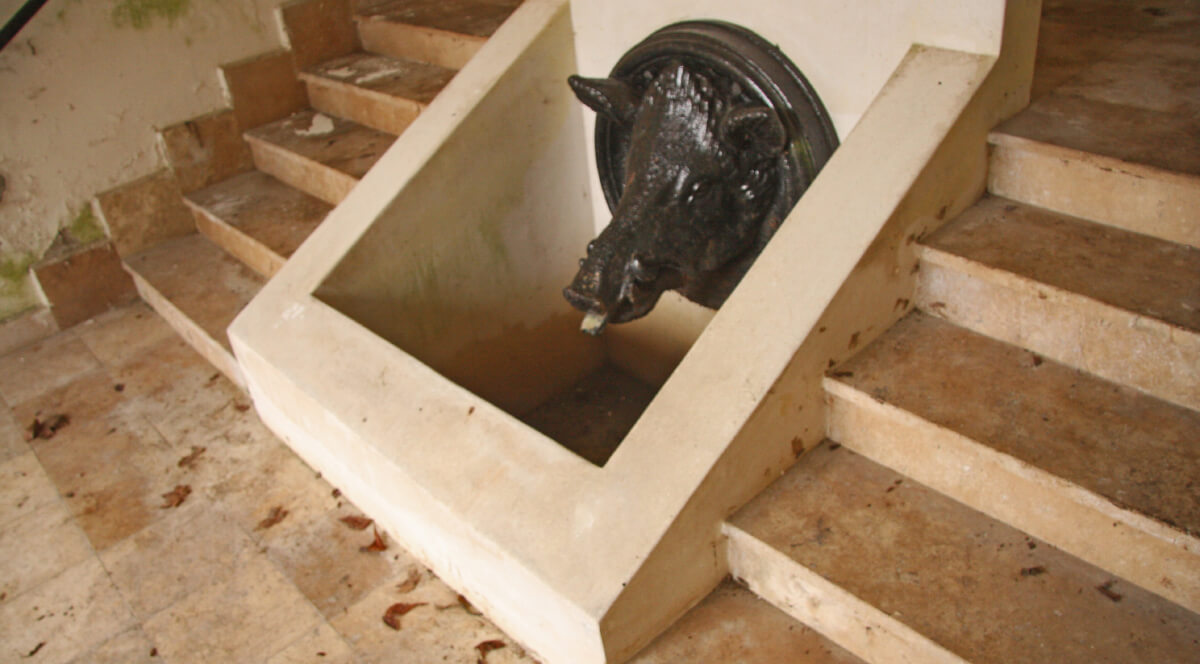












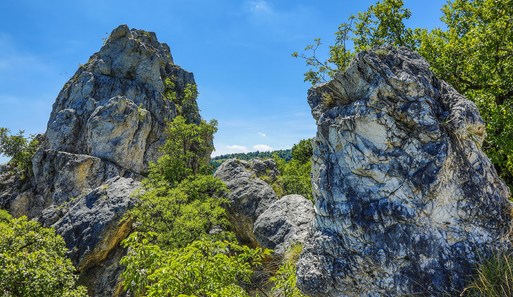


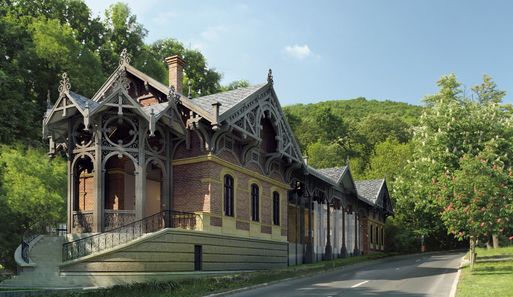
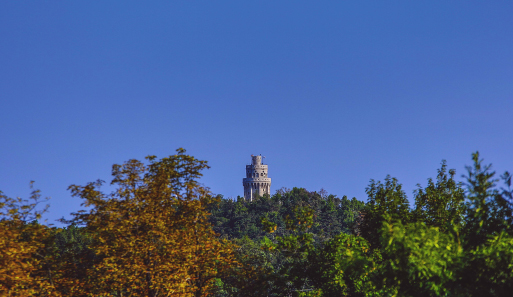





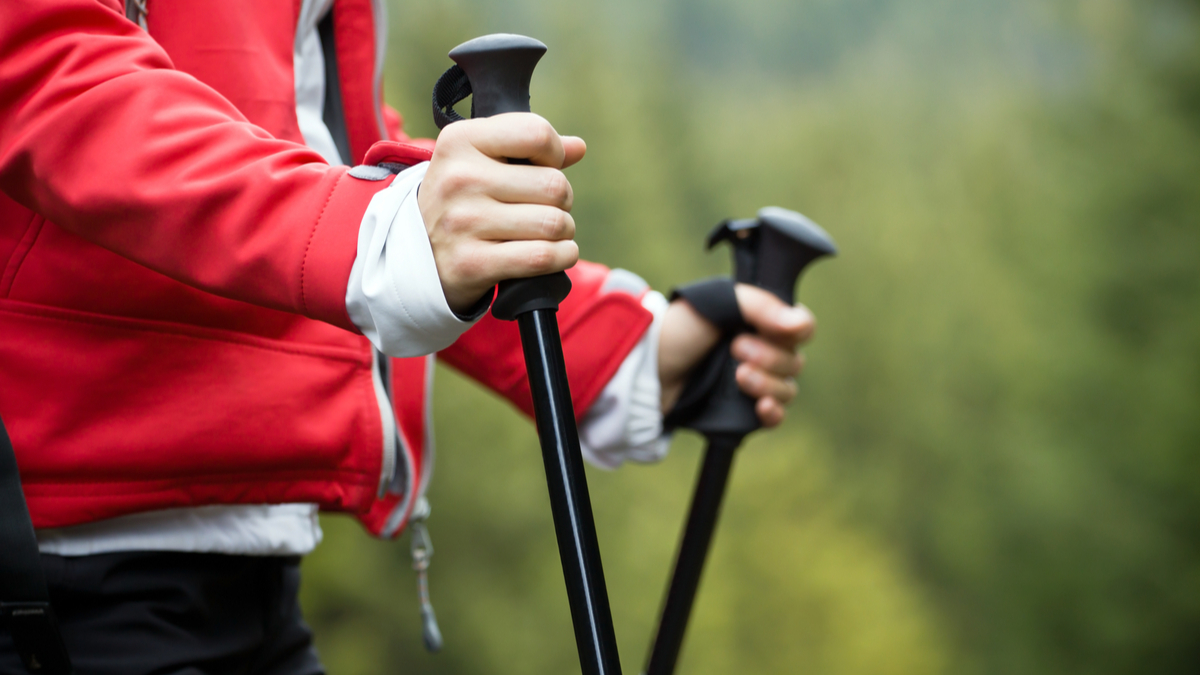




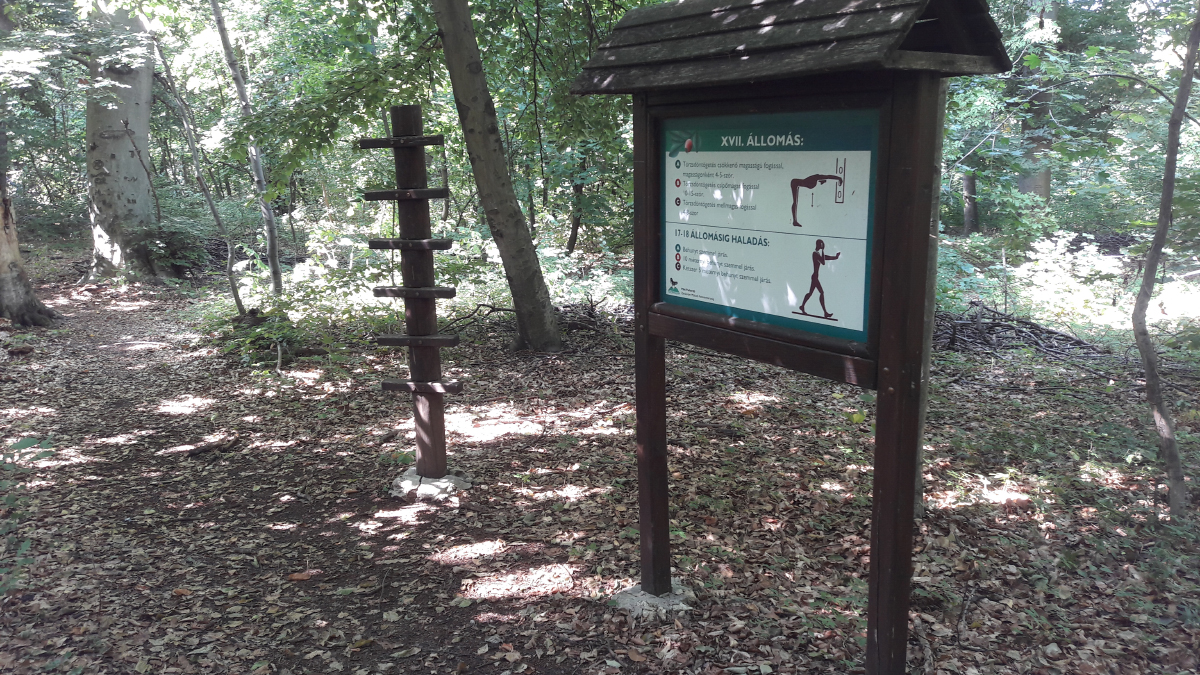
































%20-%20a%20kil%C3%A1t%C3%B3%20els%C5%91k%C3%A9nt%20kapott%20%C3%A1lland%C3%B3%20d%C3%ADszkivil%C3%A1g%C3%ADt%C3%A1st,%201926-ban.jpg)

.jpg)














